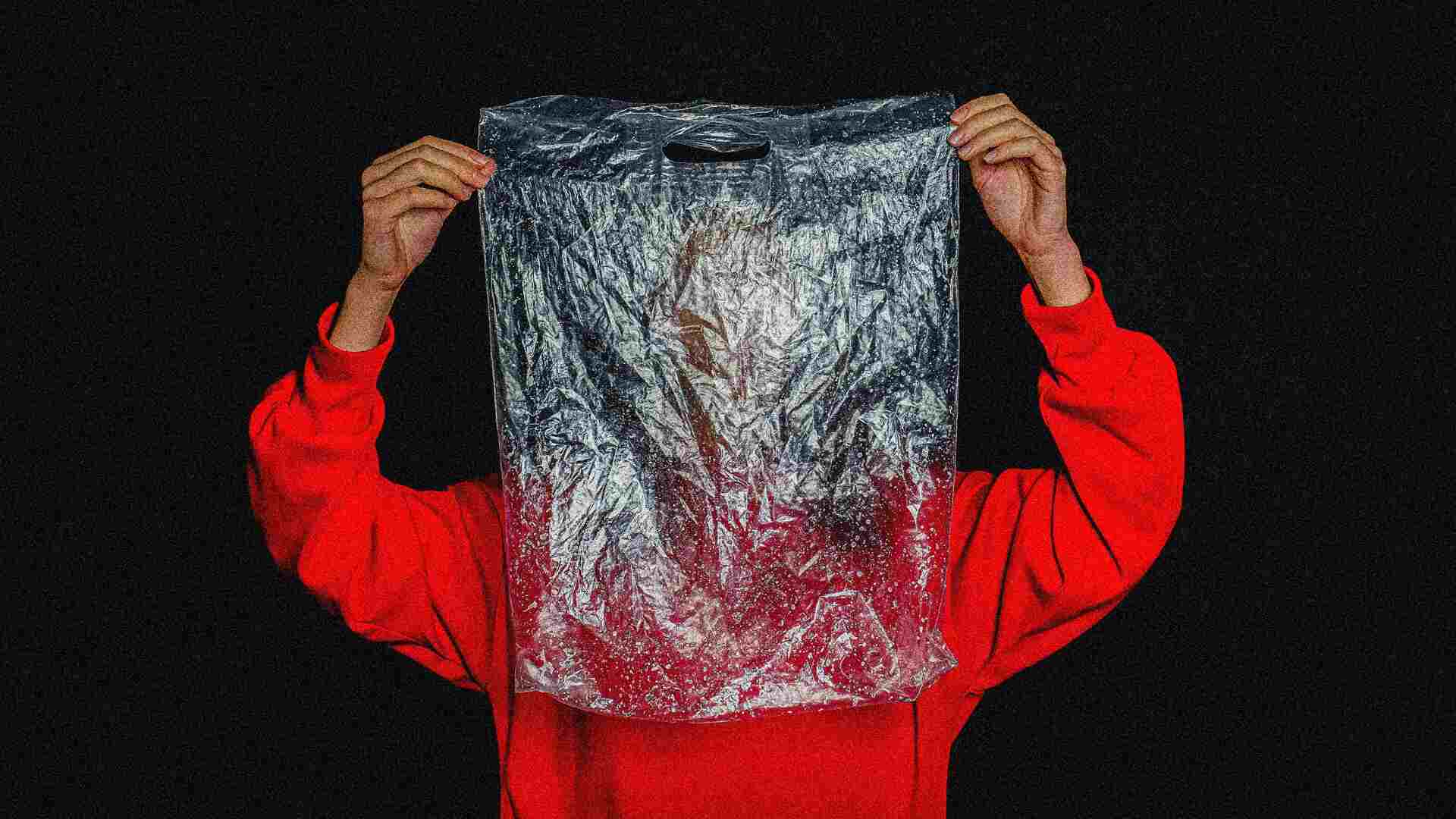- | 9:00 am
3 policy changes that need to happen to make fashion more sustainable
The ThredUp CEO wants to see stronger government action to reduce the fashion industry’s environmental impacts.

Last week, Max debuted an original documentary uncovering the global ramifications of mass-produced fast fashion called Brandy Hellville & the Cult of Fast Fashion. Directed by an Academy Award-winning filmmaker, the documentary captures the consequences of disposable clothing and exploitation within the fashion industry. While exposing the darker side of the fashion industry isn’t new, I do believe we’re facing a pivotal moment when our government needs to step in and take real action to combat its detrimental effects.
My company, ThredUp, is an online resale platform founded in 2009 to extend the life cycle of clothing and create a more sustainable future for fashion. But businesses can only do so much, and I believe we now need significant policy changes to effectively reduce the fashion industry’s environmental impact. Here are three concrete ways policymakers can help cultivate a greener future.
1. ELIMINATE SALES TAX ON SECONDHAND ITEMS
There’s a long history of our government playing a pivotal role in promoting sustainable choices by providing financial assistance to consumers. Think: incentivizing the widespread adoption of electric vehicles through tax credits, or offering discounts for the use of reusable bags to reduce plastic waste.
Eliminating sales tax on secondhand items should be next, effectively providing a subsidy that makes reuse a more affordable and attractive option. In our annual Resale Report, half of the consumers surveyed said they’d buy more secondhand apparel if there were no sales tax on it. On an aggregate scale, this simple change could be a powerful one: According to Green Story, if everyone bought one secondhand clothing item instead of new, it would save more than 2 billion pounds of carbon emissions. That’s the equivalent of taking 76 million cars off the road for a day, or one car for every adult in California, Texas, and Florida.
Last year, Maryland state Senator Michael A. Jackson put forward Senate Bill 210, exempting secondhand apparel under $20 from sales and use tax. The bill ultimately didn’t pass due to concerns around a decrease in state revenues, which are funded largely by the sales and use tax. Should similar legislation be considered in the future, I’d urge lawmakers to more deeply consider prioritizing initiatives with positive environmental impact. Those items have already been taxed at their initial sale. Why tax them a second time?
2. PROVIDE TAX CREDITS FOR ADOPTING CIRCULAR BUSINESS MODELS
Government involvement can serve not only as a critical driver of behavior change among consumers but also among businesses. For decades, we’ve seen great success in aligning economic incentives with environmental goals. Take the Investment Tax Credit (ITC), which provides a tax credit to businesses that invest in qualifying renewable energy projects. Since the ITC was enacted in 2006, the U.S. solar industry has grown by more than 200 times. If the government extended the same level of support to the circular economy—defined by the Ellen MacArthur Foundation as a system where materials never become waste and nature is regenerated—I’m confident we’d see a notable impact in industries that are causing severe damage to the planet such as food, cosmetics, and fashion.
U.S. Senators Bill Cassidy of Louisiana and Michael Bennet of Colorado recently introduced the Americas Act, which includes a 15% tax reduction for businesses involved in collection, reuse, sorting, processing, or recycling of textiles. The federal government should fight to get that passed. In a recent study, 52% of retail executives said they’d adopt circular business models like resale or repair if there were government-sponsored financial incentives for doing so.
Any related legislation would be wise to include appropriate provisions around eligibility that effectively guard against greenwashing, such as requiring specific disclosures around environmental or social practices.
3. SPUR SUSTAINABLE INNOVATION WITH GOVERNMENT GRANTS
There’s a growing need for public sector support to help spur innovation in sustainability. Look no further than Renewcell filing for bankruptcy last month. Renewcell developed one of the first commercial-scale textile-to-textile recycling plants in the world, and its inability to secure sufficient funding sparked an outcry among the fashion industry. Some pointed to it as an example of innovation no longer being a market driver. As always, demand played a role here, and company sales indicated fewer brands were choosing the company’s core product, Circulose.
This is the quintessential example of where policy could have played a role in spurring innovation. Oftentimes, these useful developments are brought to market ahead of the demand curve. Instead of letting young green companies suffer or crumble when faced with setbacks, the government should be nurturing these businesses in their early stages so that they can grow and thrive at scale once demand is ripe. The U.S. Department of Energy has provided funding for projects that help decarbonize the U.S. industrial sector and advance clean energy manufacturing. There’s an opportunity to apply this forward-thinking approach to more industries. In fact, in our Resale Report, 58% of retail executives said they’d invest in sustainable business or materials innovation if they qualified for government grants.
From electric vehicles to plastic bags, we’ve seen that government intervention can be highly effective in curbing pollutive industries. Many believe circular fashion is the next frontier in sustainable policy. Nearly 100 fashion brands and experts called on President Joe Biden a few years ago to appoint a fashion czar to help make the fashion industry more sustainable. It was a great idea that never came to fruition, which leaves me wondering: Which policymakers will step up and leave their mark on the right side of history?








































